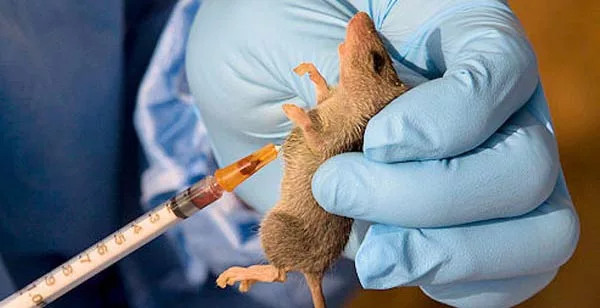The latest statistics on Lassa fever infections and fatalities in Nigeria are profoundly troubling.
According to the Nigeria Centre for Disease Control and Prevention (NCDC), as of December 3, 2023, there were 8,542 suspected Lassa fever cases, resulting in 1,170 confirmations and 200 deaths so far in 28 states of the federation.
This represents a significant increase from 2021’s 510 confirmed cases and 2022’s 1,067.
The data is clear: Lassa fever is not a sporadic challenge but a consistent threat to public health in Nigeria.
It is instructive to note that the virus, primarily spread by the mastomys natalensis rodent, causes an acute viral hemorrhagic fever.
In the considered opinion of this newspaper, the rapid spread of this deadly hemorrhagic disease is alarming and demands urgent action from federal and state public health authorities.
Sadly, Lassa fever has a high mortality rate, with 15-20 percent of hospitalised cases resulting in death. With hundreds already dead, and many more likely to be infected in rural areas lacking diagnostic facilities, we may be facing the tip of the iceberg regarding the true public health impact.
While Lassa virus is endemic in Nigeria, its amplification in recent years largely stems from human activity and inaction.
The virus is predominantly transmitted to humans by contact with food or household items contaminated by the urine or feaces of infected mastomys rats.
Population growth, urbanisation, internal migration and climate change are disrupting rodent habitats and bringing infected rats into closer contact with humans.
However, the proliferation of poor waste management and open dumping of refuse in urban centres attract rodents and facilitates viral transmission.
During the dry harmattan season, brushfires and crop burning also displace rodent populations.
Furthermore, lax individual hygiene practices, substandard food storage and deteriorating housing allow rats to infiltrate homes, markets, and restaurants.
An effective public health response must address these root causes of Nigeria’s escalating Lassa fever epidemic.
In his advisory, NCDC director-general Dr. Ifedayo Adetifa rightly stressed environmental sanitation and hygienic practices as critical prevention measures.
States and local governments must dramatically improve waste management systems, eliminate open dumps and enforce sanitary regulations.
Households also bear responsibility to safely store food, block rodent entry points, and maintain clean premises.
Risk communication campaigns should spur communities to collective action against environmental neglect.
Additionally, sub-national health systems need reinforcement to bolster surveillance, diagnosis, contact-tracing and clinical management of Lassa fever.
Stockpiling antiviral drugs, personal protective equipment and laboratory test kits would strengthen outbreak preparedness.
The NCDC’s Lassa Fever Technical Working Group (TWG) has taken commendable steps in coordination, collaboration and communication. These efforts are crucial in preparing for and responding to potential surges in Lassa fever cases.
However, more needs to be done. A multifaceted approach is required to combat this health menace effectively.
Needless to say, there is an urgent need for increased funding for public health. The NCDC and other health agencies must have adequate resources to conduct surveillance, research and implement control measures.
Investment in health infrastructure, including laboratories and isolation centres, is vital to manage outbreaks efficiently.
Lassa fever has smouldered as an endemic threat in Nigeria for decades, flaring into periodic epidemics.
But the current trends signal an alarming new normal that projects thousands more cases in coming years unless urgent action curtails it.
The government must pay attention to Lassa fever as it did with COVID-19, HIV and diphtheria.
As an impoverished rodent-borne disease, Lassa preys on the vulnerable and marginalised in neglected rural communities. Suffice to say, it affects majorly the poor.
But in our interconnected world, no outbreak remains local, as the COVID-19 pandemic has proven.
Ending Lassa fever requires leadership and substantial investments at all levels of government in environmental health, research, surveillance, health system strengthening and community mobilisation.
The time for complacency, denial and face-saving is over. We must act decisively on all fronts to defeat this preventable epidemic before it becomes the next Nigerian disease emergency costing countless lives and scarce resources. The hour of action is now.
We’ve got the edge. Get real-time reports, breaking scoops, and exclusive angles delivered straight to your phone. Don’t settle for stale news. Join LEADERSHIP NEWS on WhatsApp for 24/7 updates →
Join Our WhatsApp Channel










